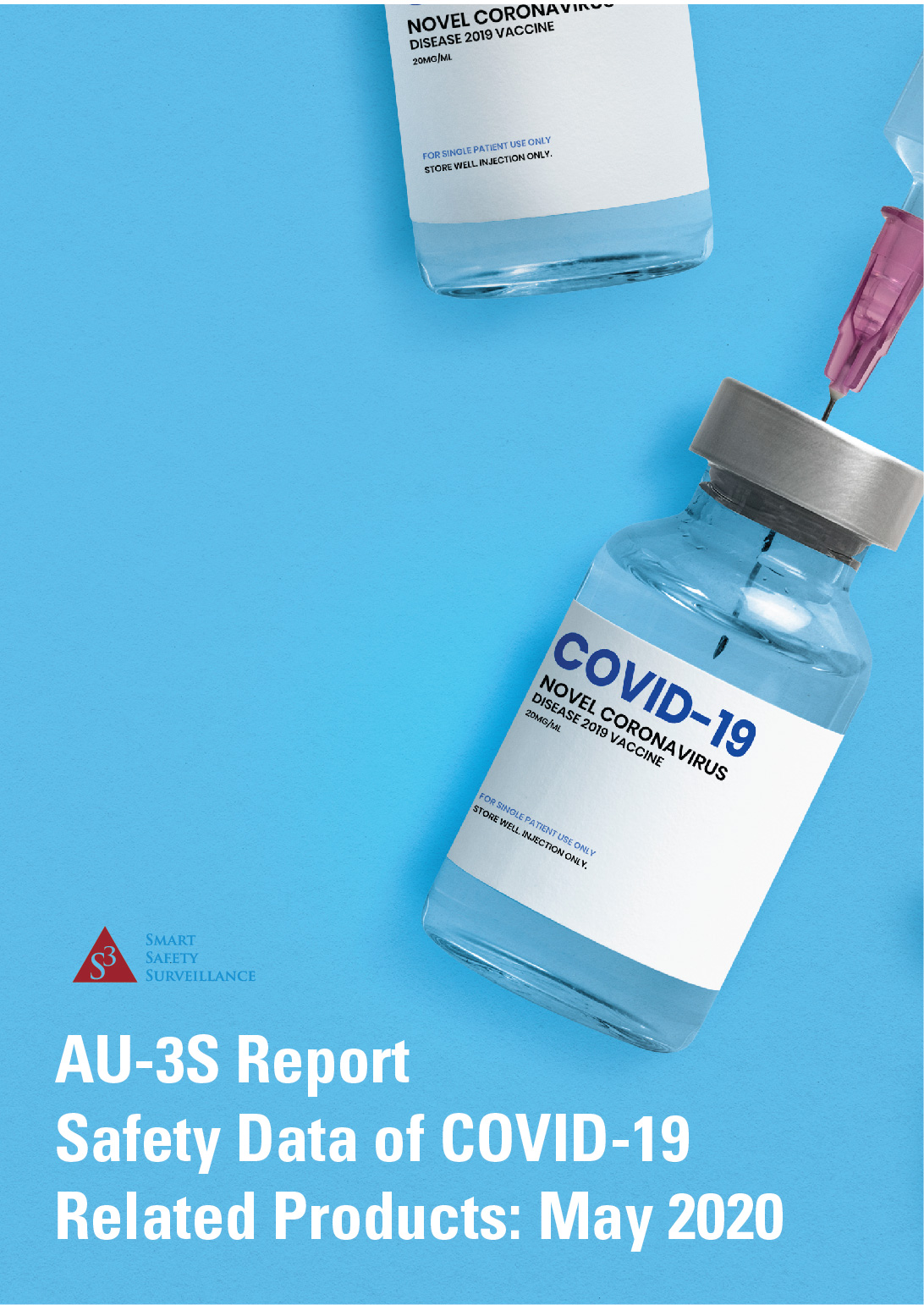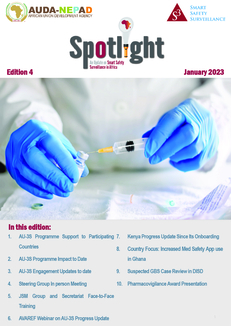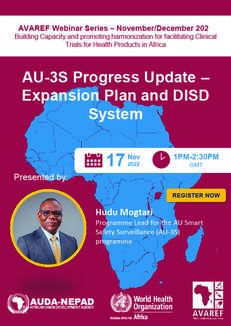This report highlights safety concerns of some medical devices and household chemicals used for coronavirus disease 2019 (COVID-19) diagnosis and management as reported on the globe and relevant to the African context.
Diagnostics and other medical devices, as well as household chemicals, are within the scope of COVID-19 related products used in Africa and their safety profiles will be characterized through the implementation of the African Union Smart Safety Surveillance (AU-3S) programme of the AUDA-NEPAD.
Governments across the globe, including Africa, have been committed to increased testing capacity, in recognition of testing as a critical intervention in controlling the virus spread, especially as public restriction measures are revised. This situation has led to the introduction of more COVID-19 tests and a scale-up of company operations to meet demand. Therefore, the required performance evaluation of these products, before being employed for the clinical diagnosis of COVID-19, have been limited.
There are significant advances in in vitro diagnostic (IVD) assays for COVID-19. The main IVD assays used for COVID-19 employ real-time reverse transcriptase-polymerase chain reaction (RT-PCR). Other serology immunoassays (IAs) have also been developed that complement the molecular assays. The most prominent IAs are automated chemiluminescent IA (CLIA), manual ELISA, and rapid lateral flow IA (LFIA) for the detection of immunoglobulin M (IgM) and immunoglobulin G (IgG) produced in persons in response to SARS-CoV-2 infection[1].
Diagnostic tests (molecular or antigen tests) can be used to diagnose infection with the SARS- CoV-2 virus. Molecular tests (Nucleic acid tests [NAT] or PCR tests) detect the presence of viral RNA. Most molecular tests have been approved under Emergency Use Authorization (EUA) and based on the currently available data, are highly accurate. This means that a positive or a negative result from a molecular test is likely to be true. Antigen tests detect the presence of viral proteins that are part of the SARS-CoV-2 virus. These tests are often faster and simpler to run, specific for the virus, but are not as sensitive as molecular tests. This implies that a positive result is highly accurate, but there is a higher chance of false negatives; therefore, a negative result does not rule out infection.
Consequently, negative results from an antigen test may need to be confirmed with a molecular test before making treatment decisions or to prevent the possible spread of the virus due to a false negative. Serological (antibody) tests refer to tests that detect antibodies to the SARS-CoV-2 virus. The antibodies are part of the body's immune response to exposure and not the virus itself, so such testing cannot be used for diagnosis of infection. If IgGantibodies are present, it often indicates a past infection but does not exclude recently infected patients who are still contagious[2].
As at 14th May, six (6) nucleic acid testing (NAT) assays were under the WHO Emergency Use Listing for In vitro diagnostics (IVDs) detecting SARS-CoV-2 nucleic acid[3]. National Medicines Regulatory Authorities (NMRAs) need to ensure that adequate safety data resulting from the use of molecular tests approved under EUA are collected to enhance the characterization of the product safety profile for COVID-19 diagnosis. This will include proactive and reactive surveillance to scan for potential safety issues and address occurring issues, respectively.




